Reaching The Unreached: COVID-19 Vaccinations In Jumla
Healthworkers reflect on the rollout of COVID-19 vaccinations in Jumla District in Nepal’s far-western region, and the role of the cold chain – strengthened with support from UNICEF and partners – in bringing vaccines to remote communities
UNICEF Nepal
28 March 2021
Jumla, Nepal: Nanda Lal Rawat has spent his entire life in remote Kankasundari in Jumla District in Nepal’s far-western region. And he’s not the first in his family to have done so.
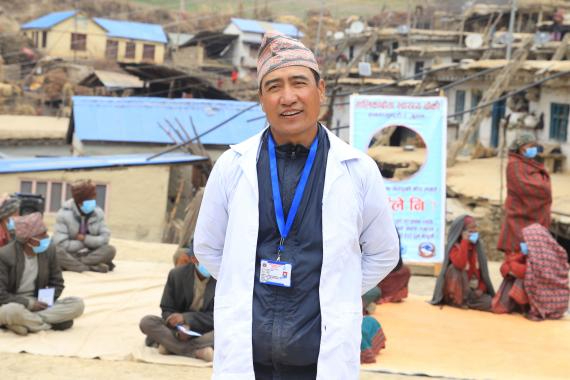
“We have been here for so many generations, I couldn’t tell you how far back it goes,” he says.
Such a deep-rooted connection to this place and its people was a big part of what had led him to become a healthworker. Today, he is the in-charge at the Malikabota Health Post in Kankasundari, where he works with his team to provide essential health services to the community.
That role became all the more important when the COVID-19 pandemic began its spread around the country in early 2020. Although Kankasundari’s geographic isolation initially appeared to work to its advantage, limiting as it did foot traffic from outside, the possibility – and the fear – of an outbreak was always there, particularly as community members who were working in countries like India began to head back home.
Advertisement - scroll to continue reading“There was so much uncertainty at the time about the disease, with all kinds of rumours going around, creating panic and anxiety,” Nanda says.
He and his team worked to allay these fears and concerns as far as they could with the information they had, and kept up maximum vigilance towards new arrivals.
Fortunately, Kankasundari has so far been spared the brunt of the pandemic – not a single case of COVID-19 has been seen in the area. Still, Nanda says it’s important not to be complacent. “We know that if an outbreak happens here, it will be very difficult to contain,” he says.
And so, when the Government of Nepal launched the vaccination campaign in late January this year, with healthworkers given first priority, Nanda’s relief and pride knew no bounds.
“Being put in the first priority group made me feel like our efforts and sacrifices as healthworkers was being recognized,” he says. “I felt very validated.”
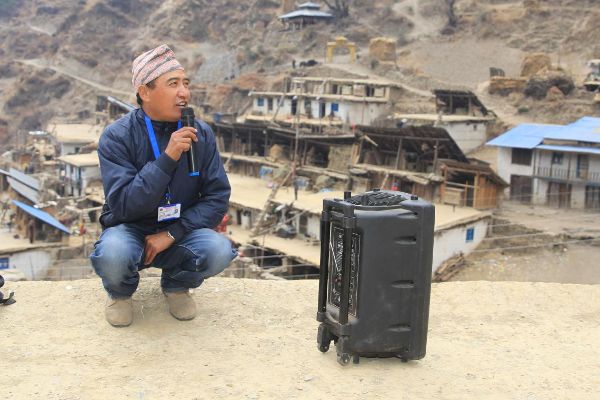
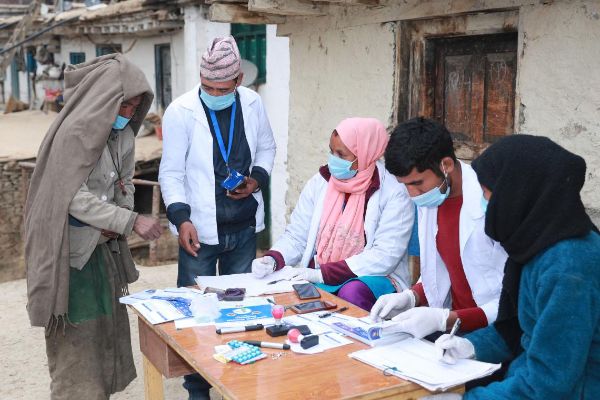
Having gotten vaccinated himself, Nanda was eager to see vaccines reach the community. On 7 March, the second phase of the campaign began, targeting elderly persons over the age of 65. With this, Nanda and his team leapt immediately into action, pushing out PSAs through loudspeakers, mobilizing female community health volunteers to go door to door with messages, even calling eligible senior citizens on the phone to urge them to come get the vaccine.
One of these was 81-year-old Chaitee Rawat.
“I’m very excited to go get the shot,” she said, as she got ready to head out to the health post, “Why wouldn’t I be happy to get the vaccine?”
Over the two days that vaccinations ran for at the facility, 120 elderly people from the community like Chaitee arrived to get inoculated.
“It was great to see that our efforts to communicate with them and convince them had not gone in vain,” Nanda says.
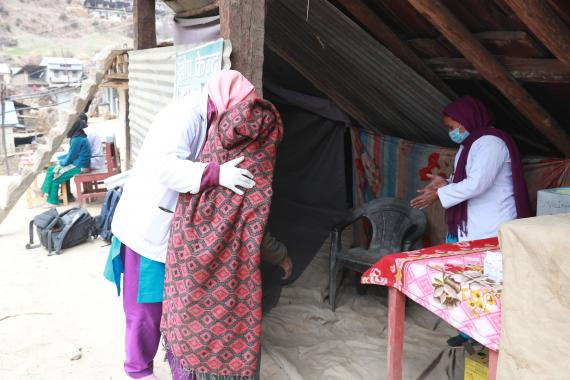
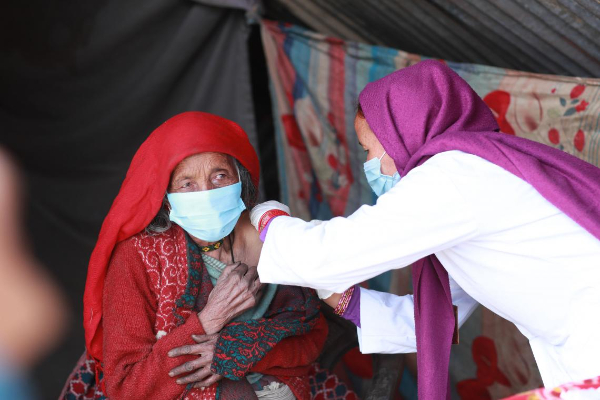
Maintaining an effective cold chain
The delivery of vaccines to remote places like Kankasundari relies on an effective ‘cold chain’, which refers to a series of coordinated events in temperature-controlled environments to store, manage and transport vaccines. Ever since the beginning of routine immunization efforts in Nepal, UNICEF together with global health partners like Gavi have been supporting the Government of Nepal to assess, expand and strengthen its cold chain capacity, so that children and families around the country can have access to life-saving vaccines.
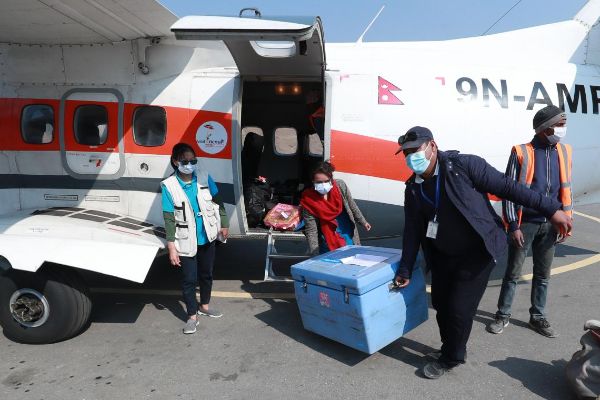

As part of UNICEF’s support – which also includes technical and logistical backing – cold rooms and vaccine refrigerators have been installed at different facilities at the federal, provincial and local levels, and vaccine cold boxes and carriers provided for safe transportation to vaccination sites. In 2020 alone, UNICEF installed 290 pieces of cold chain equipment in different facilities nationwide. Plans are also in place to procure and install an additional 910 pieces to address still-existing gaps in select areas. All these efforts are now proving critical to the roll-out of COVID-19 vaccination campaign.
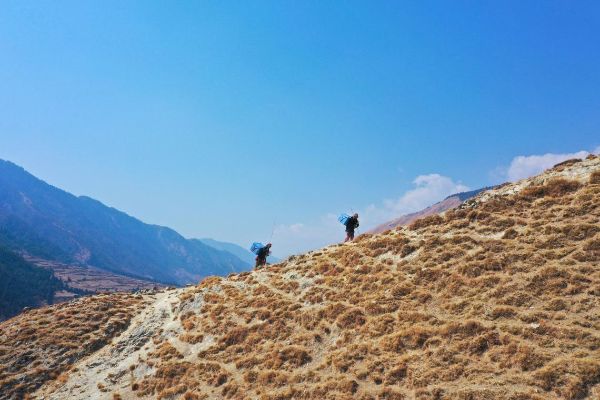
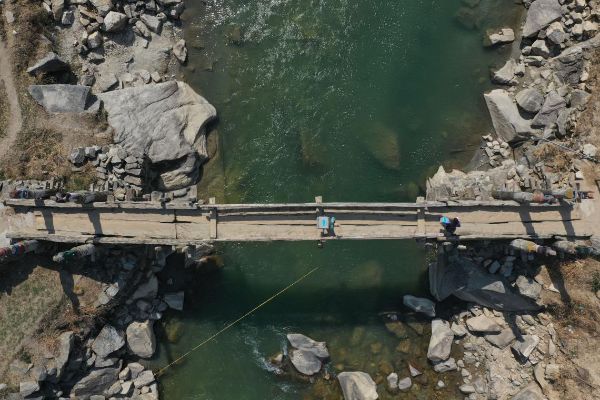
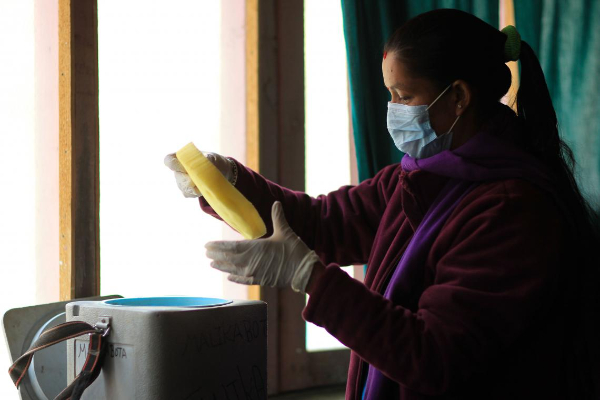
“Given the difficult terrain in this part of the country, it’s a long process to bring vaccines in; it takes days of travel by air, by road, and in some places by foot,” says Indra Kala Tamang, Health Officer at UNICEF Nepal.
Indeed, before reaching Kankasundari, the vaccines were first transported to the provincial vaccine store in Nepalgunj from Kathmandu, then flown to Jumla airport. They were then dispatched via road to the district vaccine store, then onto the sub-store at Pandugufa – both facilities equipped with refrigeration units installed by UNICEF – before being packed into cold boxes and carried to the Malikabota Health Post on the backs of porters.
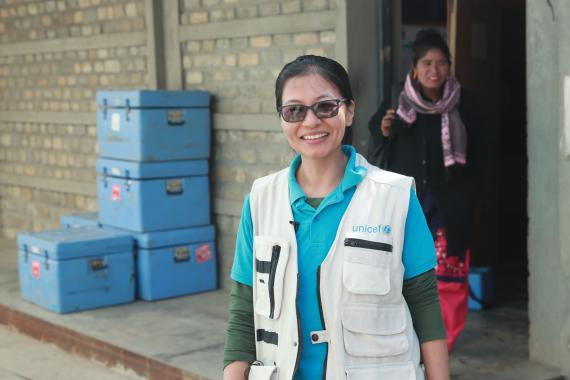
“It’s truly gratifying to see how UNICEF’s support to the cold chain at different levels is being used in this vaccine drive to reach far-flung communities,” Indra Kala says.
That very same cold chain will also be used to store, transport and distribute vaccines received through the COVAX Facility, a partnership between CEPI, Gavi, UNICEF and WHO, made possible through generous donor support from governments, international organizations, foundations and the private sector. Nepal received its first consignment of COVID-19 vaccines - a total of 348,000 doses - that were shipped through the COVAX facility on 7 March 2021, in support of the Government of Nepal’s nation-wide vaccination campaign.


 World Butchers Challenge: World’s Top Butchers From 14 Nations Go Knife-to-Knife In Paris
World Butchers Challenge: World’s Top Butchers From 14 Nations Go Knife-to-Knife In Paris Save The Children: ‘It Was Terrifying’ - Children Prepare To Spend Myanmar New Year Festival In Shelters Following Earthquake
Save The Children: ‘It Was Terrifying’ - Children Prepare To Spend Myanmar New Year Festival In Shelters Following Earthquake Global Forest Coalition: Global NGOs Call On International Maritime Org To Reject Biofuels And Commit To Truly Clean Energy
Global Forest Coalition: Global NGOs Call On International Maritime Org To Reject Biofuels And Commit To Truly Clean Energy Australian Catholic University: Principals Navigate Growing Challenges As Anxiety, Depression Increase And Violence, Workloads Intensify
Australian Catholic University: Principals Navigate Growing Challenges As Anxiety, Depression Increase And Violence, Workloads Intensify SNAP: Survivors Deliver Vos Estis Lux Mundi Complaints Against Six Cardinals To Vatican Secretary Of State Parolin
SNAP: Survivors Deliver Vos Estis Lux Mundi Complaints Against Six Cardinals To Vatican Secretary Of State Parolin UNICEF Aotearoa NZ: Myanmar Earthquake A Further Blow For Millions Of Children
UNICEF Aotearoa NZ: Myanmar Earthquake A Further Blow For Millions Of Children